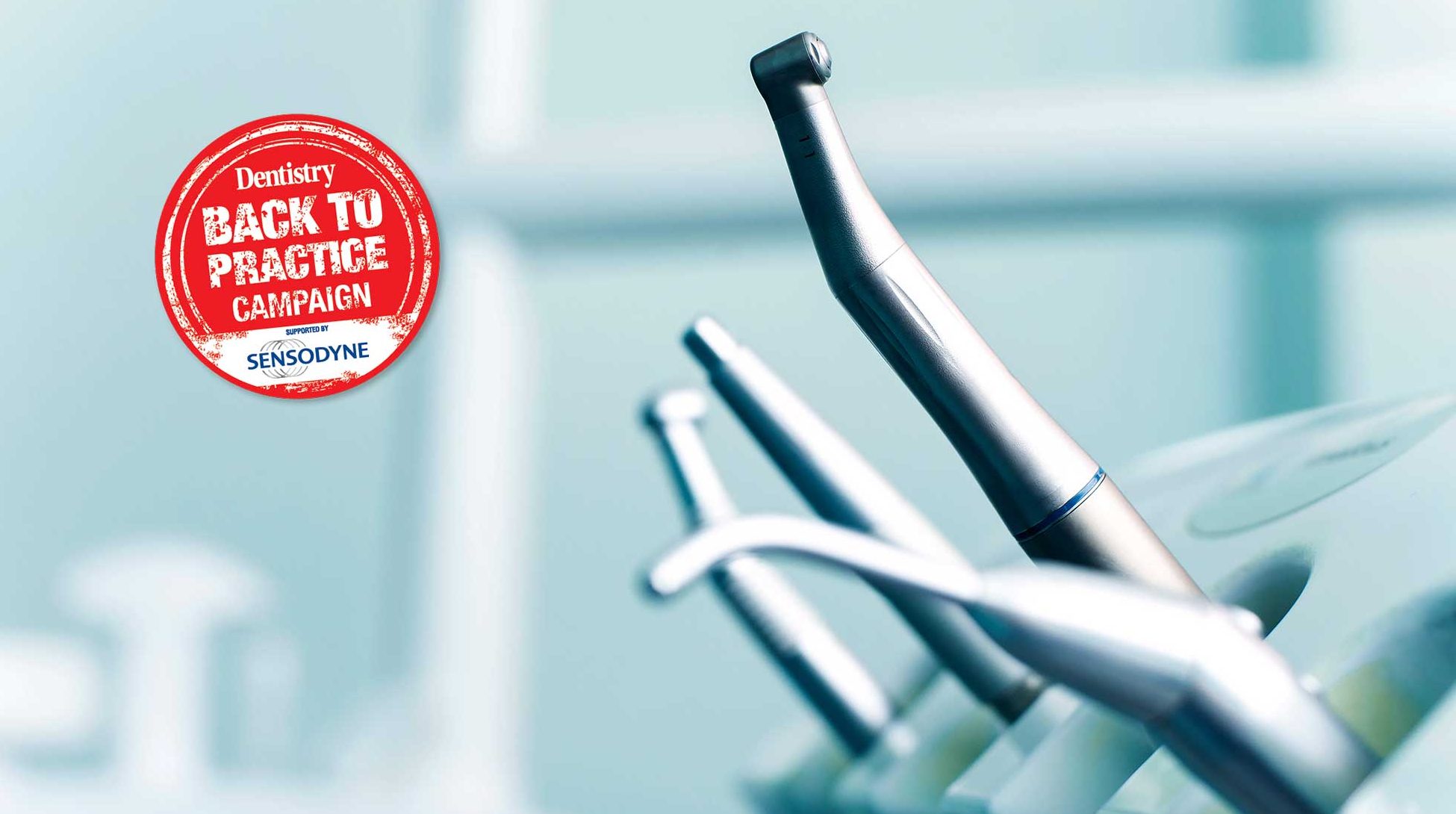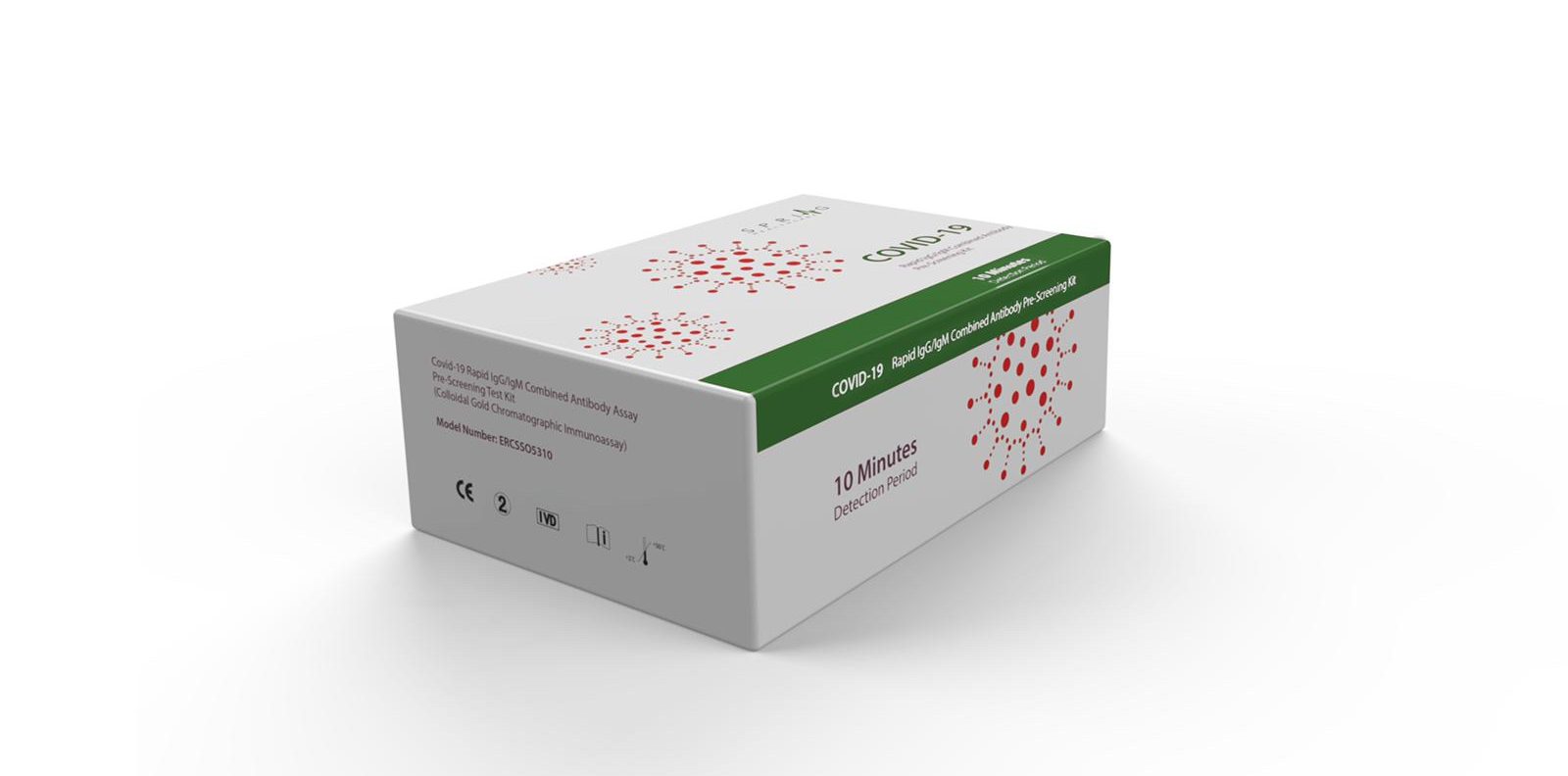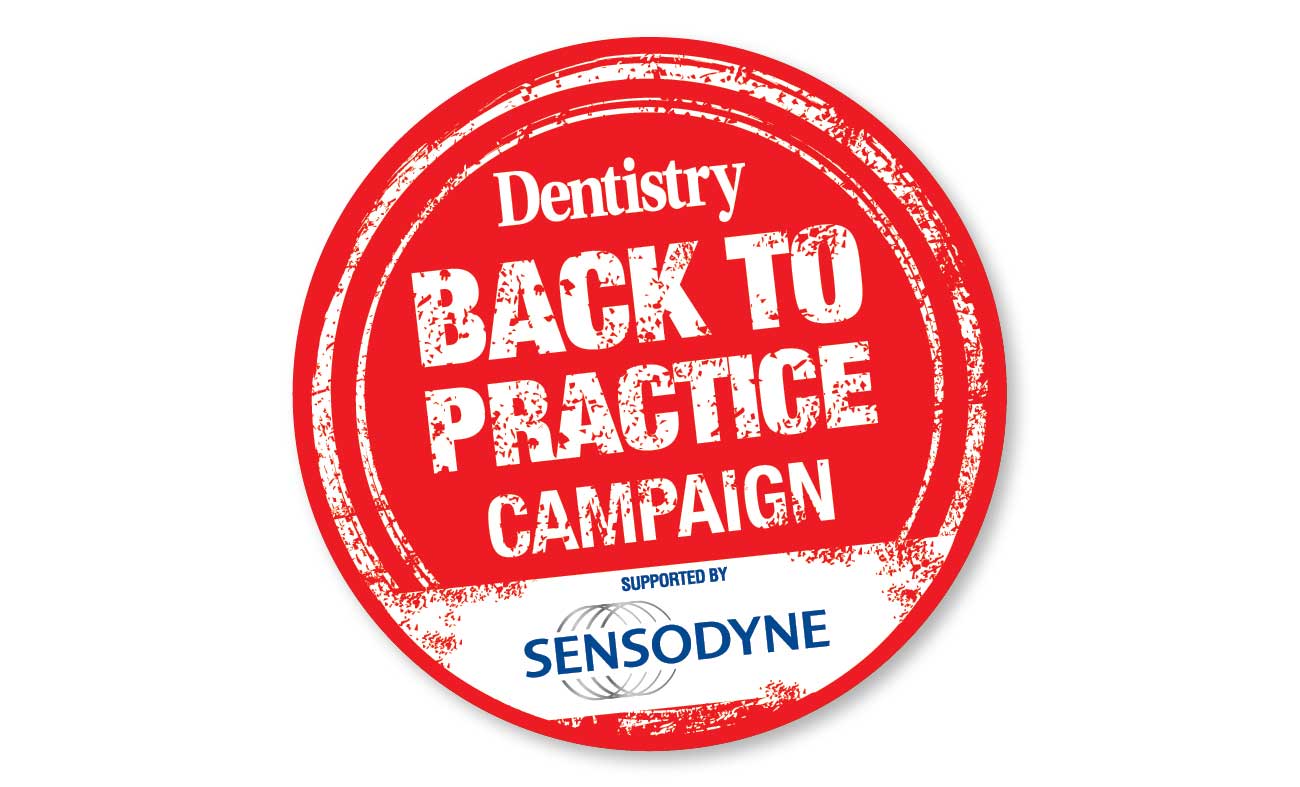 Priya Suaris suggests a step-by-step guide to reducing risk when lockdown begins easing.
Priya Suaris suggests a step-by-step guide to reducing risk when lockdown begins easing.
Coronavirus seems likely to be with us for a while. With a high risk of occupational exposure, dentists are at risk.
Before practices re-open fully, it will be worthwhile giving preventive advice to all patients to decrease the possibility of needing emergency treatment, and to postpone all non-essential clinical treatments. You may contact patients in good oral health with screening calls. Manage any concerns with telephone consults, at least initially.
It goes without saying that patients will want reassurance that dentists are taking the necessary precautions to reduce the risk of COVID-19 transmission when they do seek care.
There are a few simple things we can do to mitigate the risk of both contact and direct transmission. This will get us back to work in an efficient and relatively inexpensive manner.
1. Screening
You should contact patients at least five to seven days before their appointment.
Taking a history of symptoms and contacts will be essential. This will help determine whether patients are unwell and need to postpone their appointment. Early communication will also allow practices to explain any changes they are making to patient pathways. And what precautions practices are taking to safeguard patients.
With effective screening calls, practices can encourage patients to contact the surgery well in advance of their appointments if they are unwell, allowing effective management of diaries.
The timing here is crucial. Allow patients at least five days to develop symptoms before they present for their dental appointment.
Remember: viral load and viral shedding increase with symptom severity. So screening primarily serves to exclude any symptomatic patients from your dental practice. Symptomatic staff members should follow these protocols too.
2. Testing
While antibody testing gets a bad press, a good antibody test is more accurate (>96%) than any other type of test available in this country. Including polymerase chain reaction (PCR) assays and antigen testing (50-70% accurate).
In simple terms, the presence of an antigen (in this case the COVID-19 cell surface antigen) gives rise to an immune reaction. This leads to the development of specific antibodies to combat the antigen. The antibodies measured are immunoglobulins M (IgM). These start to appear between five to 14 days after infection. It also measures immunoglobulin G (IgG), which starts to increase from day 14-28 after infection.
Where PCR and antigen tests pick up the presence of virus on swabs, they cannot determine whether patients have previously had COVID-19 or are immune. They normally require laboratory facilities and take several days for delivery of results.
Antibody tests are pin-prick blood tests that give a result within 10 minutes.
They test for immunity and can reveal the presence of antibodies. They can miss patients who are in the early stages of an infection. Antibodies might not be at detectable levels until about day five.
New antibody tests coming on the market have a mobile application that can read the result and advise patients, as well as storing results in data management systems, and don’t take a trained member of staff to deliver the results.
Testing is the only way to understand how the disease is progressing through our patient populations and to understand the size of the problem.
It will also inform our onward treatment protocols. If patients are immune, we can continue to use universal cross contamination processes. This saves donning and doffing personal protective equipment (PPE) for every patient.
A dedicated nurse in PPE should carry out testing on the day of surgery after meeting screening criteria, in a separate area that you can clean if a positive (non-immune) result is shown.
These tests are inexpensive, and it is likely that patients will want to know if they have been infected irrespective of whether they have a dental problem. You should carry out testing of all staff as a baseline and then after infective episodes.
3. Slowing down dentistry
Appointments will need spacing further apart to allow more time for cleaning of surgeries and to slow the flow of people to allow for social distancing in waiting rooms.
Consider using other areas – such as car parks or redundant surgeries – as waiting areas.
It may be an opportune time to think about extending opening hours or moving to seven-day opening to help with through-flow of patients.
4. Hygiene
Continued attention to rigorous hand hygiene by both staff and patients is essential. We can also spread the virus on the soles of our shoes. So you might consider plastic shoe covers for patients entering the practice. Waterproof and clean clinic footwear with alcohol at the end of every day. Remove and wash scrubs at the end of the day.
5. Aerosol-generating procedures
Aerosol-generating procedures (AGPs) are any procedures that induce the production of aerosols of various sizes, including droplet nuclei.
Don’t forget that viral load is dependent on the stage of disease – it starts to rise in the first week of disease onset, so screening and avoiding patients at this time will reduce risk hugely.
The viral load increases with the severity of the disease process, with viral loads of patients requiring critical care 60 times higher than those with mild symptoms at the beginning of their infection. You might not see critical patients in dental practices, however – the most dangerous time for dental practices is the asymptomatic phase (as well as asymptomatic patients), although they should have mild disease and lower viral loads. Screening and testing will pick these up.
For those happy to make the investment, air filtration systems are the big-ticket items that will clean air quickly and reduce the lingering virus in aerosols. They range in price from £300-£3,000 (and up), but although they clean air quickly, they don’t guarantee protection from immediate aerosol production: identifying AGPs and wearing PPE will mitigate the risk of direct transmission.
Patients who have had COVID-19 as evidenced by an antibody test require less protection.
You will need to make sure you have everything you need in the surgery. Leaving the room will require doffing and redonning. You may have to have a dedicated nurse available outside the surgery to fetch equipment.
6. Low risk protocols
Providing you screen and test all staff and patients, COVID-19 low-risk protocols may be an option. Here, universal precautions, cleaning and cross contamination procedures could continue as normal without the need for PPE. Members of staff should still wear masks, visors and gloves to reduce the risk of contact and aerosol transmission exposure seen from working in close proximity.
7. Mouthwash
There is evidence to suggest that Betadine – the ‘old man’ of disinfection – is an extremely effective agent against virus present in the mouth and oropharynx. Using 0.2-0.45% povidone-iodine solution/spray as part of the standard pre-treatment mouth preparation will help to reduce viral load. Hydrogen peroxide also has virucidal effects – but chlorhexidine does not.
8. Personal protection equipment (PPE)
Masks with a respirator valve (FFP3) are currently recommended for AGP procedures. They are costly, hard to find and you should not recycle them. Goggles or visors should also be worn for high-risk procedures. Donning and doffing stations will need to be assigned. Adhering to strict protocols is required to prevent contamination and infection of healthcare workers is thought to have occurred when making mistakes. Doffing protocols are particularly crucial to reducing contamination of staff and through the dental practice.
9. Vigilance
Cleaning with detergents should occur through the day – including touch points such as door handles and lift buttons, as well as reception areas and waiting rooms. Practices should clean surgeries between patients and at the end of the day. Consider decontamination fogging of your surgeries monthly, to reach all areas that a deep clean won’t.
Getting back to work will seem like a daunting task. Although dentists are at risk of occupational exposure, there have not been many COVID-19 related deaths to date.
There are already high standards of cross infection control within dentistry, and perhaps only marginal gains are required.
But we can only tackle this by knowing the scale of the problem. We can only achieve this by screening and testing our patients and devising strategies to reduce risk, rather than exclude it completely.
Testing times
 Antibody testing kits – such as this one from Spring Healthcare, distributed in the UK by Salubritas – offer dental practices the chance to confirm patients’ immune status to COVID-19. For more information, call 0208 068 0390 or email [email protected].
Antibody testing kits – such as this one from Spring Healthcare, distributed in the UK by Salubritas – offer dental practices the chance to confirm patients’ immune status to COVID-19. For more information, call 0208 068 0390 or email [email protected].

Find out more about Dentistry’s Back to Practice campaign.


